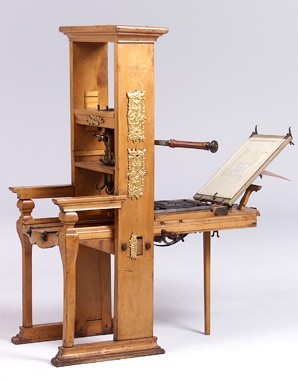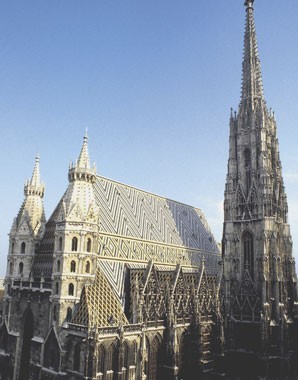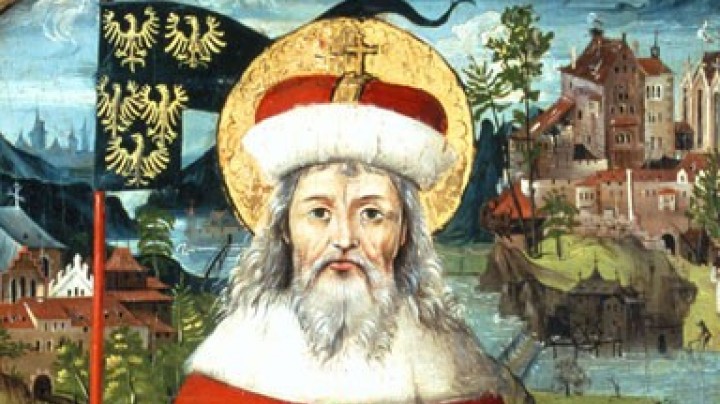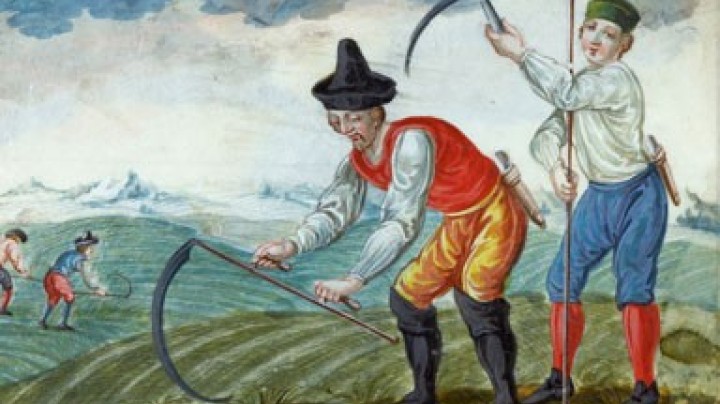Book production in the Middle Ages
What did books look like in the Middle Ages? Who wrote them, and using what materials? Before the invention of the printing press, book-making was a wholly manual craft.
The size and make-up of medieval books varied: from tiny prayer-books measuring only a few centimetres to choir books that were over a metre tall, from books of hours cased in simple parchment to magnificent and elaborately worked examples. The boards were mostly of wood covered in leather or parchment, and were usually equipped with clasps in order to keep the brittle inner book closed, as volumes were stored flat on their sides. When books began to be stored upright, these clasps became redundant. Books in libraries were often chained to the shelves or lecterns, especially if they were precious examples with ivory covers or decorated with gemstones.
Readers could orientate themselves within the text from the way it was composed and ornamented: initials indicated the beginning of chapters and their pictorial decoration conveyed in abbreviated form the contents of the following text. The illuminations served as illustration and helped the reader to interpret the text.
Pictorial representations of scribes allow us to reconstruct the way in which these texts were written. They sat at lecterns and used not just the hand but the whole arm when executing the characters. In their other hand was a knife which they laid flat against the parchment to keep it still. The knife could also be also used to correct mistakes by scraping the parchment. They wrote with goose or swan quills cut at an angle to form a nib, which had to be re-cut at regular intervals while they were writing. Brown ink was mostly made from sloes by boiling them until they had reduced to a paste which was then dried and dissolved in wine as needed. Other colours available to the medieval scribe were red, green, black, blue, white, gold and silver, which were all made by different methods.
Scribes and illuminators appeared independently alongside the artists in the field of the fine arts from the thirteenth century onwards. Some of them signed their work and had workshops. From 1200 onwards the monasteries lost their leading role in book production to professional manuscript workshops which were run by laymen and mass-produced books of hours as well as individual luxury volumes for wealthy patrons.


















